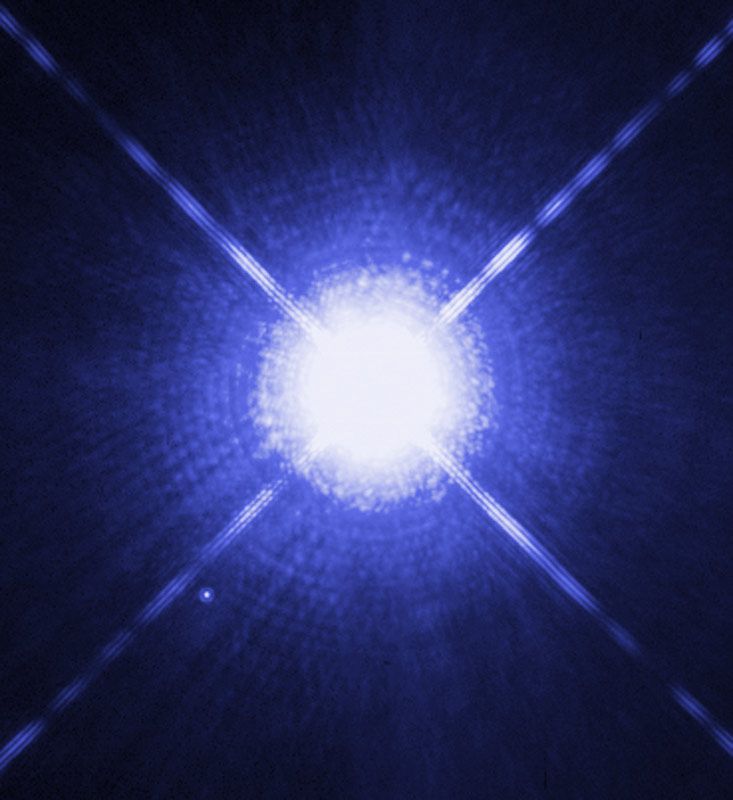

It is now obvious why the pattern is merely a bold bright spot when the slit is wider than the light’s wavelength. Here, the peak of one wave is superimposed on the peak of another. These two waves add or interfere constructively to produce a maximum – a region of brightness. There also exists a value of α at which, when two waves bend, they are rendered in phase with each other. Here, the peak of one wave is superimposed on the valley of the other. These two waves negate each other or interfere destructively to produce a minimum – a region of darkness. Now, there exists a value of α at which when two waves bend, they are rendered out of phase.

Let’s assume that the parallel rays bend at the slit at an angle α.

This is because the bending causes a wave to travel a longer distance than another wave. The secondary waves that emanate from these point sources interfere with each other as they bend around the slit. While the interference pattern studied above is formed due to the interference of two different waves emanating from two different slits, a diffraction pattern is formed due to the interference of different waves emanating from a single source. Now, according to Huygens’ principle, every point between the edges is a source of waves. Why? Because the screen is so far away that the waves appear to be straight lines, just how currents in the Nile would be imperceptible from the International Space Station. The ripples can be approximated with parallel lines. As the waves bend and change direction, they appear to spread and mimic ripples.
#Light diffraction crack
However, when the slit is narrow, the light is diffracted spectacularly.Īs already explained, when the waves of light encounter the slit, they bend and squeeze through, like running water suddenly spouting out from a crack in the pipe. If the width d of the slit is very large - similar to how a needle would fall in a slot for coins - the light would simply pass untouched, and a single bright spot would be illuminated on the screen ahead. A diffraction pattern is produced only if the wavelength of light λ is comparable to or larger than the size of the obstacle around which it will flow. While the two conditions must be fulfilled to ensure that the phenomenon is observable, there exists another condition which, if not fulfilled, prevents the phenomenon from occurring in the first place. These conditions also must be fulfilled to conspicuously demonstrate diffraction. When the sources are incoherent or multi-chromatic - or worse, both (which is the case with white light) - the bands produced are indistinguishably muddled and not as uniform and distinct. While light does experience interference, it is only conspicuous when the two sources of light are both monochromatic - emitting light of a single wavelength - and coherent - emitting identical waves of a constant phase difference. However, before we can understand how the slit diffracts the light, let’s make one thing clear. The pattern produced by a diffracted laser. The addition causes the luminosity of the region to double, whereas the negation renders the region utterly dark. Young immediately realized that when the two waves are squeezed between the slits, a bright band is produced when the peak of one ripple interferes constructively with or is added to the peak of another ripple, while a dark band is produced when the peak of a ripple interferes destructively with or negates another ripple. Only waves interfering with each other can form such a pattern. The discovery vindicated Huygens, as light cannot bend or flow around an obstacle unless it obeys his principle. What the squeezed lights illuminated on a screen ahead of them is now called an interference pattern – a uniform, alternating pattern of bright and dark bands. Reflection according to Huygens’ principle.Ī century later, it was the British polymath Thomas Young who successfully demonstrated how light behaves like ripples in a pond by forcing light to squeeze through two adjacent slits.


 0 kommentar(er)
0 kommentar(er)
